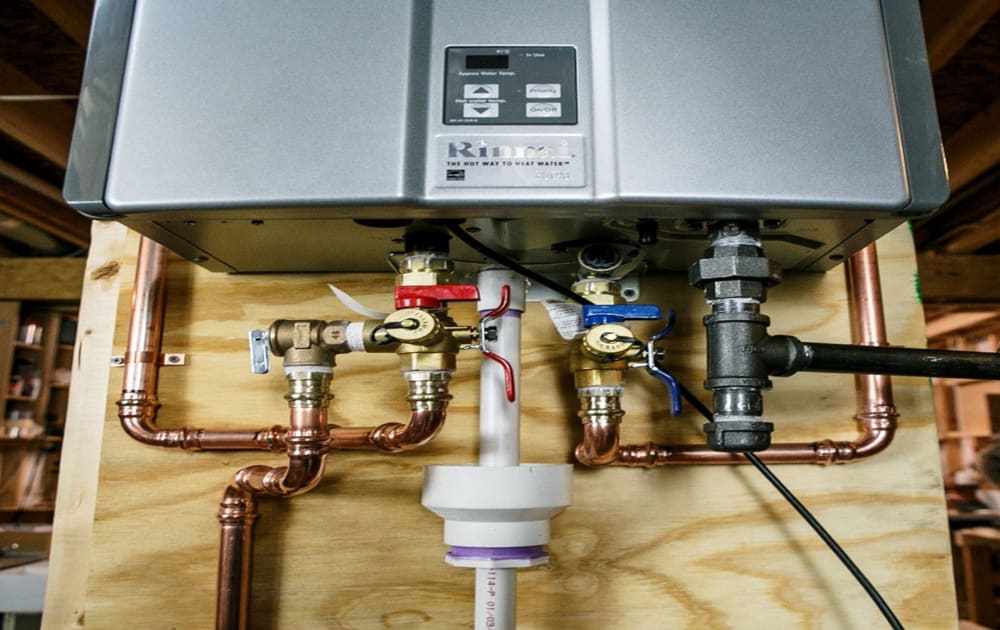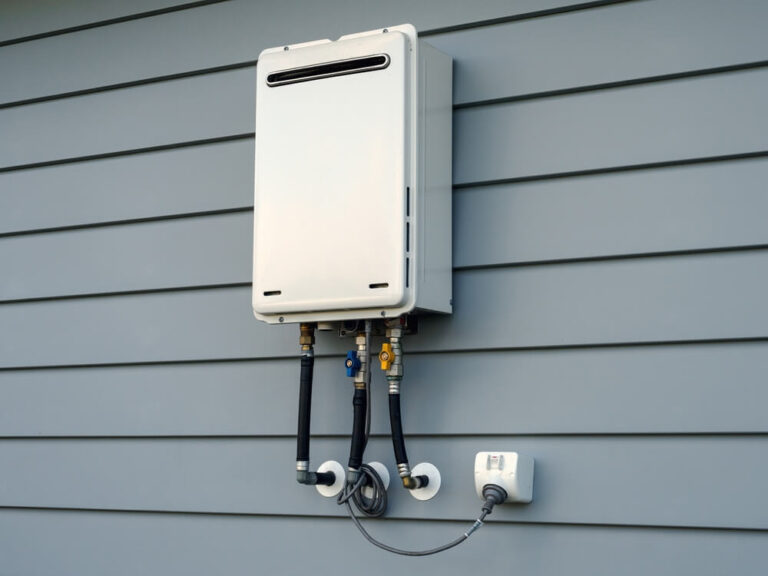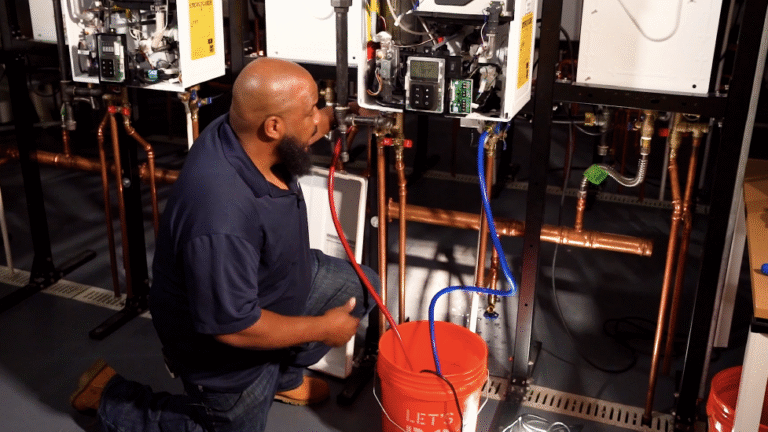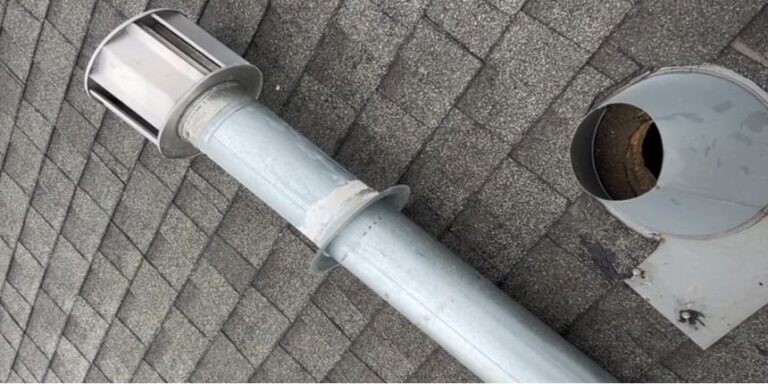Are you planning to upgrade your home with a tankless water heater? Before you make this smart energy-saving decision, there’s an important detail you need to consider: the gas line size.
It’s not just a technical detail—it’s the key to unleashing the full potential of your new appliance. Imagine having endless hot water at your fingertips without worrying about sudden temperature drops or system failures. Sounds ideal, right? Understanding and choosing the right gas line size is crucial for this seamless experience.
Stick around, because this guide will simplify everything you need to know, ensuring your investment is perfect for your home’s needs. Let’s dive in and get your home ready for a future of efficient, uninterrupted hot water.

Credit: propane.com
Importance Of Proper Gas Line Sizing
Correct gas line size keeps the tankless water heater working well. Small lines can make water temperature change suddenly. This causes heater problems. Large lines give enough gas flow.
They help the heater work at its best. Proper sizing saves energy and keeps bills low. It also keeps your heater safe. Correct size makes sure gas reaches the heater easily. This helps the heater heat water fast. Proper sizing is very important for home comfort.
Factors Influencing Gas Line Size
The BTU rating tells how much gas a heater needs. Bigger BTU means more gas. Small heaters use less gas. Always check the BTU number. It’s very important.
Gas travels from the source to the heater. Longer distance needs bigger pipes. Short distances use smaller pipes. Always measure the distance first. This helps in choosing the right size.
Pipes can be made of different materials. Common ones are copper and steel. The diameter also matters. Bigger pipes carry more gas. Choose the right material and size. This ensures the heater works well.
Common Gas Line Sizes For Tankless Water Heaters
Tankless water heaters need proper gas line sizes. These sizes help the heater work right.
Standard sizes are usually 1/2 inch or 3/4 inch.
The size depends on the heater’s power.
Small heaters might use 1/2 inch. Big heaters often need 3/4 inch.
The size affects the flow of gas. More flow means better heating.
Check the heater manual for the right size. It gives details. Choosing the wrong size can cause problems. Bad heating or low efficiency.
The right size is very important for safety. Always ask an expert if unsure. They know what to do. Keeping your home safe is a priority.
Calculating The Right Gas Line Size
Gas line size depends on the heater’s BTU rating. BTU stands for British Thermal Unit. It shows how much heat the heater can produce.
Higher BTU needs a bigger gas line. Using a BTU chart helps find the right size. Charts list BTU numbers and the line sizes.
Check your heater’s BTU rating first. Then, find it on the chart. The chart shows the best line size for your heater.
Experts can help choose the correct gas line. They know all about tankless water heaters. Professionals understand gas line sizes. They measure and install safely. Hiring an expert prevents mistakes.
Mistakes can cause leaks or damage. Experts follow safety rules. Ask them questions about your heater. Get advice before buying a gas line.
Potential Issues With Incorrect Gas Line Size
Incorrect gas line size for tankless water heaters can lead to performance issues. It may cause insufficient heating or even damage the appliance. Proper sizing ensures efficient operation and safety.
Reduced Efficiency
Small gas lines can make water heaters work poorly. They might not heat water fast. This can waste energy. People wait longer for hot water. It costs more money. Heaters may break more often. Repairs can be pricey. Choosing the right size is smart. It saves time and money.
Safety Concerns
Wrong gas lines can be unsafe. They might leak gas. Gas leaks are dangerous. They can cause fires. People can get sick. Breathing gas is bad for health. Big gas lines are safer. They move gas safely. Safety is important. Always check gas lines.
Installation Tips For Optimal Performance
Good ventilation keeps your heater safe. It helps remove harmful gases. Fresh air is also needed for burning gas. Use proper-sized vents. Check vent pipes are not blocked. Keep them clean and clear. Safety first.
Regular checks help your heater last long. Look for leaks in pipes. Check for strange noises. Clean the heater with a soft cloth. Check for rust or wear. Fix problems right away. Keep it running well.
Conclusion
Choosing the right gas line size is vital. It ensures your tankless water heater works efficiently. Proper size prevents issues like low water pressure. It also avoids safety risks. Check manufacturer guidelines for specific requirements. Consult a professional if unsure.
They can help with proper installation. A well-installed system provides reliable hot water. Enjoy a safe, efficient, and cost-effective heating solution. Make informed decisions for your home’s comfort. Keep your family warm, and enjoy peace of mind.



